No one wants unsightly scratches on their car’s paintwork. But unfortunately, they can be a bit of a paint to remove. So what should you do?
In this article, I’ll be discussing whether car wax has any effect on removing or covering scratches in your car’s paintwork. So let’s get started.
The Quick Answer
Waxes do not remove scratches and swirl marks since they do not contain any abrasives. To remove a scratch, you need to use polish or compound if it’s in the clear coat, or respray the area if it’s gone into the color coat or primer.
Waxes can help to cover or mask very minor clear coat scratches temporarily. However, waxes will not mask the appearance of deeper clear coat scratches or damage that has gone through the clear coat into the color coat or primer.
Looking for some of the best waxes and sealants on the market? Check out my recommended paint protection products page for all my top picks.
Types of Scratch
There are many different types of scratches that can happen to your car’s paintwork. To understand what effect wax has on them, we need to delve a bit deeper into the different levels of scratch severity.
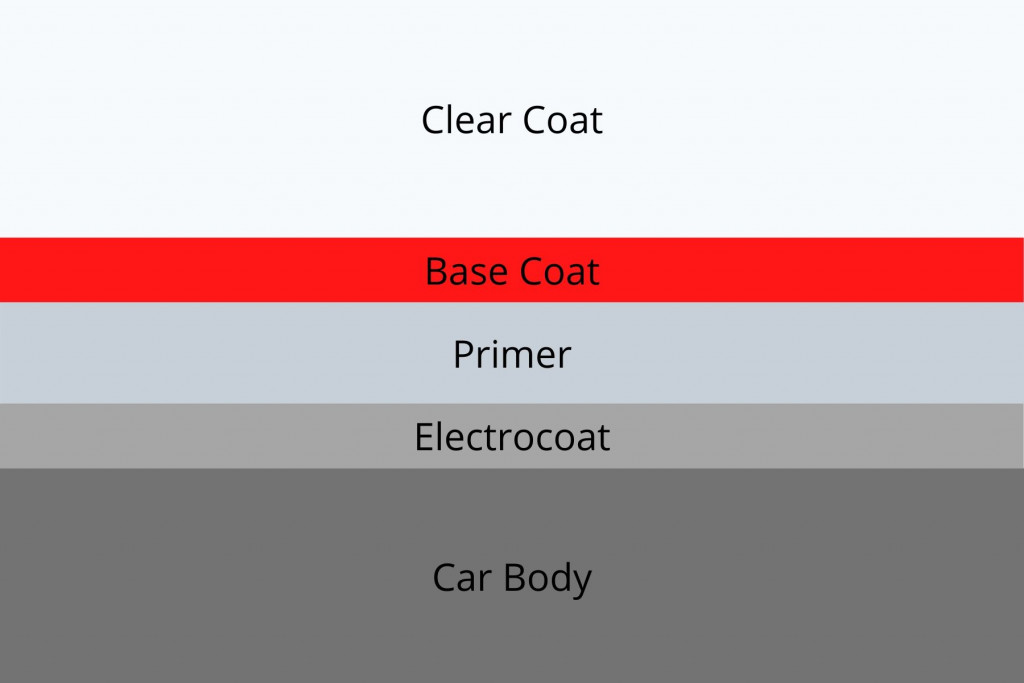
This is what your car’s paint looks like. It consists of several different layers.
You have your car’s body (made of metal or plastic), followed by your electrocoat and primer layered on top.
Then you have the base coat which gives the car it’s colour. The clear coat sits on the very top of all this.
The clear coat protects your car from UV damage, and prevents your base coat from fading over time. The clear coat is also responsible for how glossy your paint looks.
Let’s look into clear coat scratches first.
Clear Coat Scratches (Mild)
The first type of scratch you can get is very mild and occurs in the clear coat. They are often caused by poor wash technique for example, when using a sponge or bathroom towel to dry your car. These are aggressive methods and cause minor clear coat damage, sometimes referred to as swirl marks.
They can be quite hard to see, and are only really visible in direct sunlight. Check out this diagram. On the image on the left you can see these “swirl marks”.

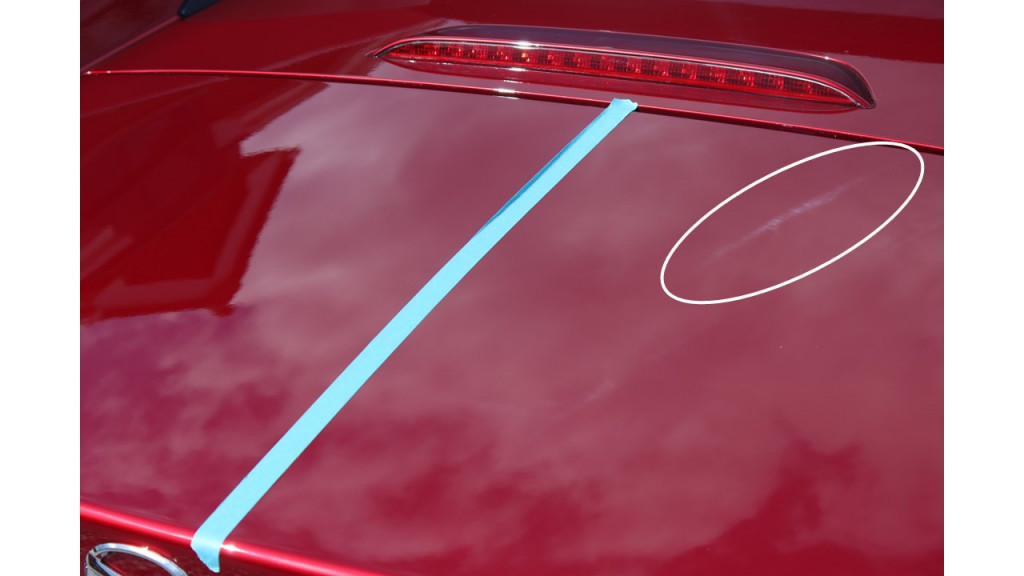
Clear Coat Scratches (Moderate)
The next type of scratch occurs again in the clear coat, but it’s a little deeper. These generally make your paint look a bit dull in normal light but are rarely seen properly except in direct sunlight.
They are again caused by improper wash technique and can look like spider webs. Check out this image and diagram below. The image is taken in the dark with a torch so that’s why there is a bright spot. Look around the bright area and you’ll see the short scratches.
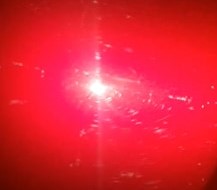
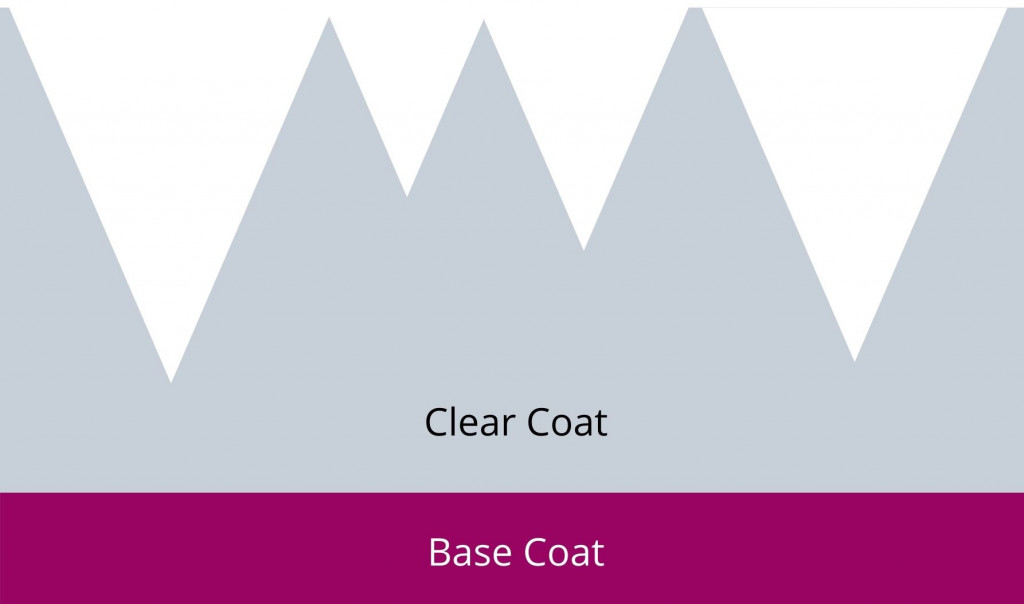
Base Coat Scratches (Severe)
The next type of scratch, is the base coat scratch. This isn’t normally caused by improper washing, but instead by more direct damage to the car’s paint.
These can be seen in any light, not just direct sunlight, and they look white. This is because both the clear coat and base coat has been removed.

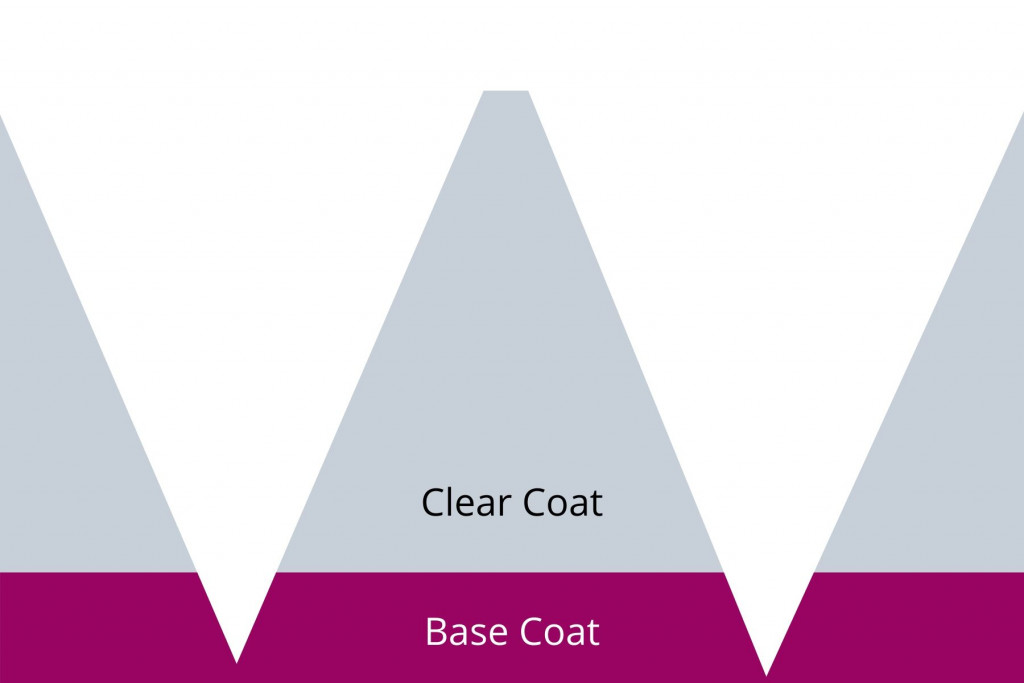
Primer Scratches (Very Severe)
This leads us to the most severe type of scratch. Again, this will be caused by proper damage to the paint, rather than just improper wash technique.
This kind of scratch looks grey, because it’s gone through the base (colour) coat all the way through to the primer.
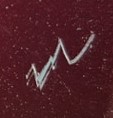
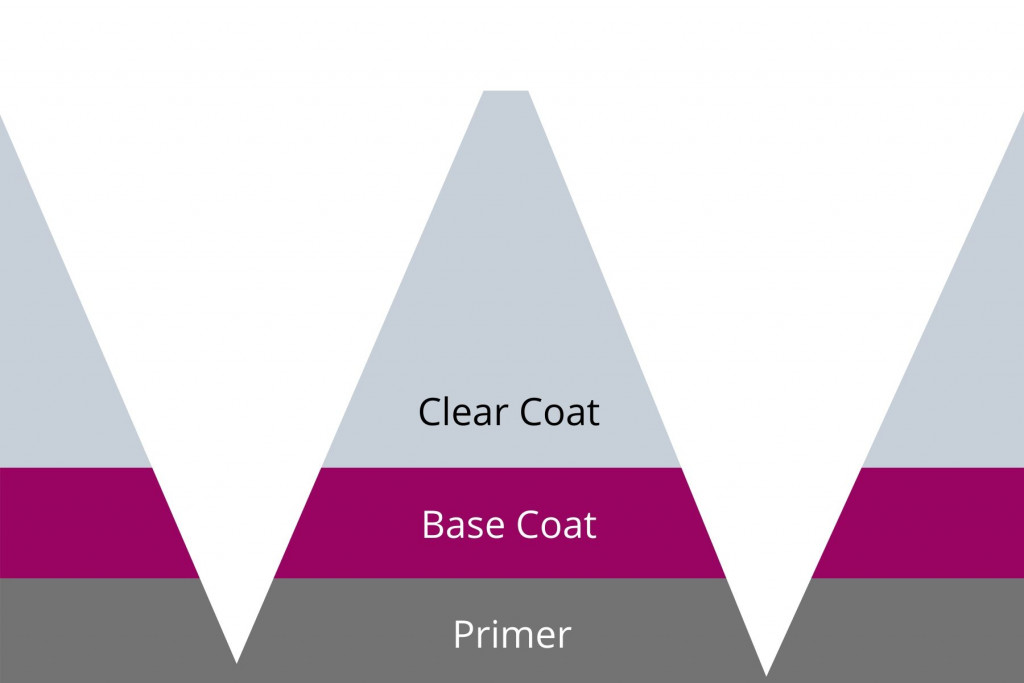
Does Wax Remove Scratches?
Unfortunately, wax cannot remove scratches, no matter what their severity is.
In order to actually remove the scratch, you need to remove the layer of the paint that is damaged to create a flat surface. This involves “cutting” away the paint using a polish or a compound.
This is usually done using a machine polisher, the most common is called a dual-action polisher. It can be done by hand, however, it’s less efficient and the results won’t look nearly as good.
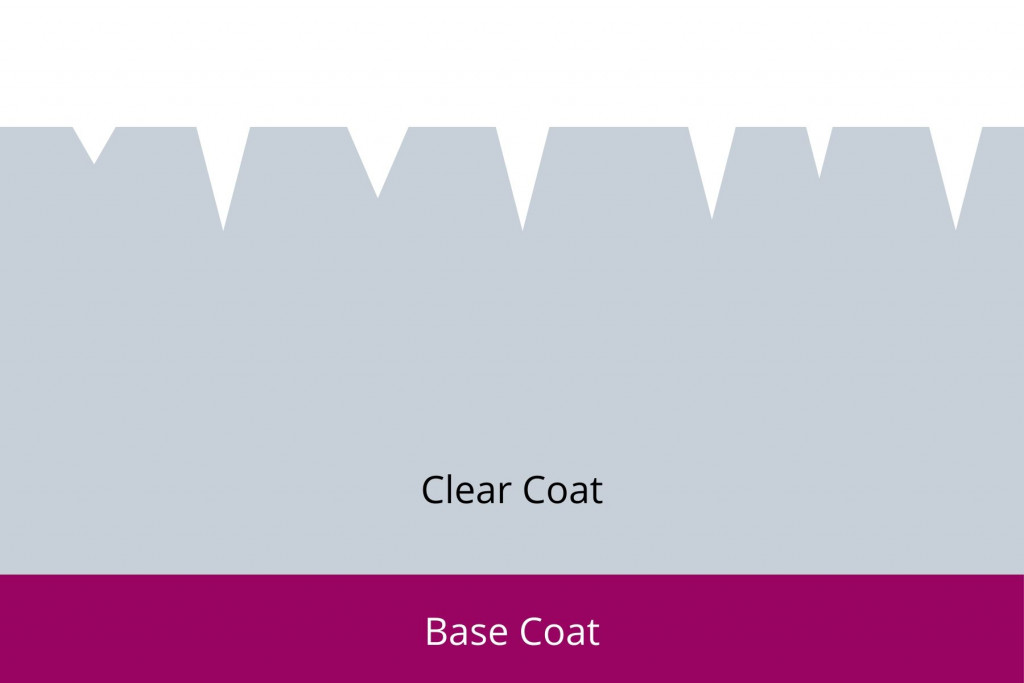
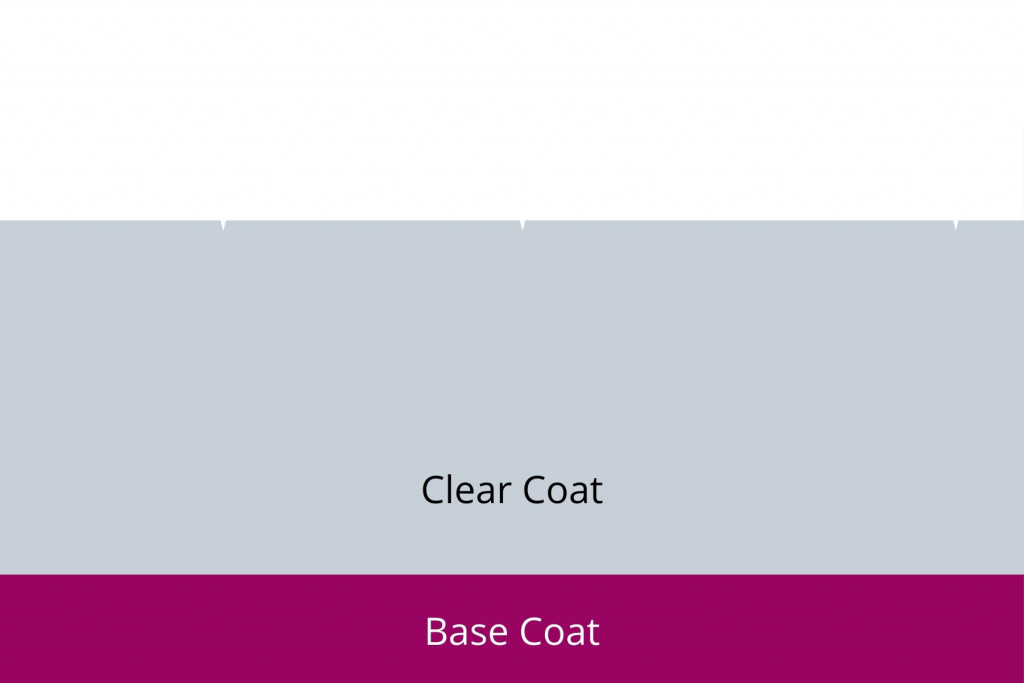
Here you can see what polishing/ compounding actually does. You can only see scratches because the light reflects unevenly off the surface. Paint correction levels the surface so the scratch is effectively removed.
Polishes and compounds contain abrasive particles, so they can cut the paint. Waxes are not abrasive so are unable to actually remove scratches.
Check out my comparison of waxes and polishes to learn more about the differences.
Keep in mind though, that you can only safely remove clear coat scratches. You can’t remove deeper scratches like base coat or primer scratches. If you try to cut this much paint away, then you won’t have any clear coat left and the finish on your car will look terrible.
If you have base coat or primer scratches, then you’ll need to respray the area to make the scratch disappear. This cannot be done with simple paint correction techniques like polishing.
Will Wax Make the Scratch Look Any Better?
Fortunately, wax can make some scratches look a little better. This is because they have some filling capabilities. This means, that they will cover scratches slightly. Check out this diagram.
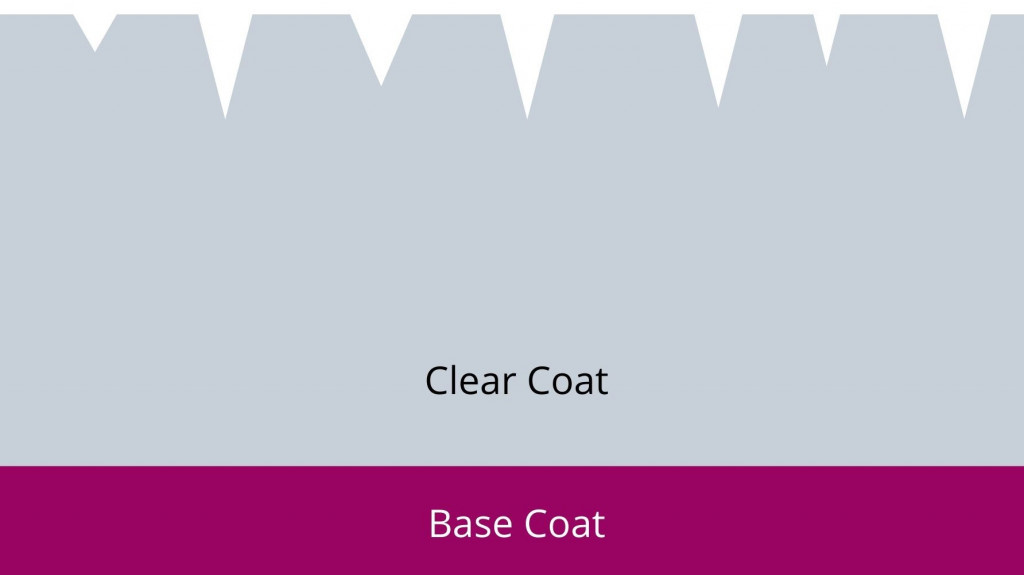
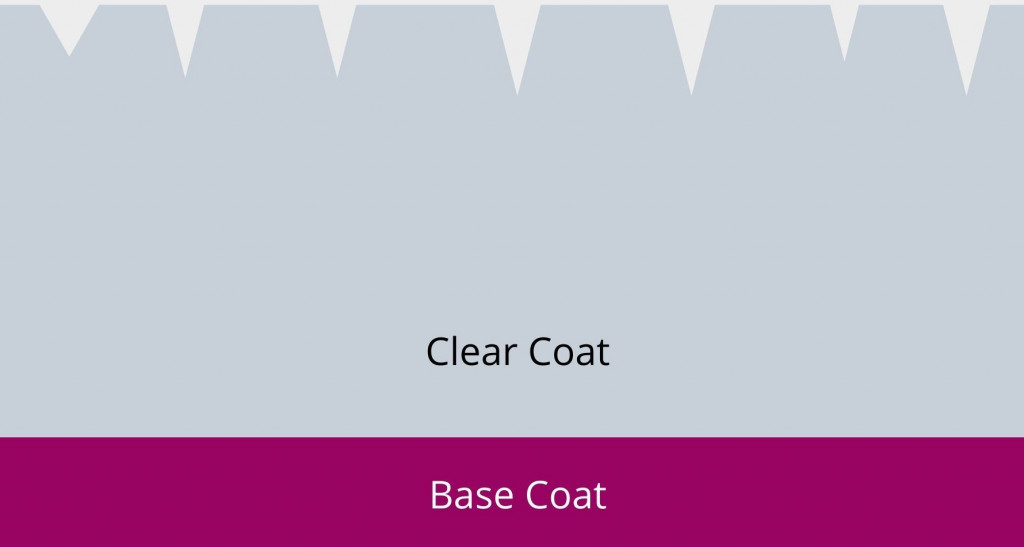
Here you can see that the wax coats the paint’s surface and covers some of the minor clear coat scratches. This gives the impression that the surface is flat so light reflects off it more evenly.
However, wax doesn’t do a very good job at properly covering scratches. The main aim of a wax is to protect your paint from things like UV rays, dirt and other contaminants. Waxes are not designed to cover scratches.
Hence, they’ll only have quite a limited effect. They may be able to hide some very minor clear coat scratches which makes your paint look glossier. However, waxes won’t have much of an effect on deeper clear coat scratches, and especially not on base coat or primer scratches.
You can use a product called a glaze to fill in slightly deeper clear coat scratches, and make base coat scratches look a little less unsightly. Glazes are applied before waxing and contain filling agents designed to make the car’s paint appear flatter.
Again, glazes won’t work miracles though. If you have a base coat or primer scratch, the area will need to be resprayed to hide the scratch.
Check out this article I’ve written on waxes vs glazes to find out more about what these two products actually do.
Thanks for reading! I hope you’ve found this article helpful. Don’t forget to check out the rest of the blog to learn more about getting your car looking its best again.

